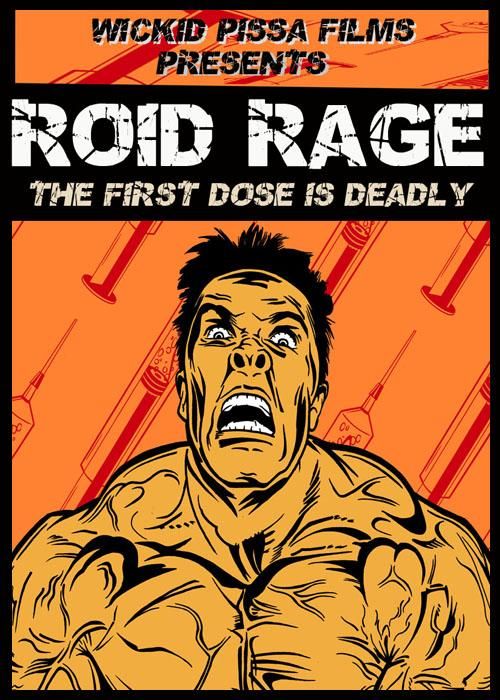“We are all potential victims of roid rage” according to recent editorials published by New Scientist. The editorials are published in support of anabolic steroid harm reduction which advocates policies, including medical treatments, that reduce or prevent the harmful side effects associated with the non-medical use of anabolic steroids. Steroid harm reduction is often opposed by those who have a moral objection to steroid use.
New Scientist’s support of harm reduction is admirable. Unfortunately, rather than advocate harm reduction on its own merits, the op-eds seem intent on using hysteria to support the need for harm reduction. By suggesting that everyone is a “potential victim” of “roid rage”, the authors overstate the risk and prevalence of the steroid-induced aggression popularly called “roid rage”.
They discuss “roid rage” as a “proven side effect” of anabolic steroids. The truth is that aggression is rare among steroid users and the scientific evidence that steroids cause aggression or “roid rage” is tenuous at best.
Dr. Jack Darkes, a leading aggression researcher at the University of South Florida, has thoroughly reviewed the existing literature on steroids and aggression and has reached the following conclusion:
The good news is that aggression is rare among anabolic-androgenic steroid users and does not appear to be caused by AAS. The discrepant findings in the literature suggest a complex causal picture, including antecedent, cognitive, and contextual factors. Users view the AAS experience positively and minimize negative side-effects. They consider medical authorities uninformed likely because AAS research seems narrowly focused on effects that most users do not experience. This distrust is likely to perpetuate because most prospective users learn from current users within the subculture, often via the internet. Still, many AAS researchers seem determined to run the same studies using different measures until they find the results they are sure are there rather than learning from obtained results and moving forward with new study designs that might explain the phenomenon; an approach that reinforces users’ mistrust. Science would progress by forgoing sweeping generalizations and dire predictions of rare outcomes and moving toward identifying the factors that put a small minority at risk for AAS-related aggression, as well as those that may protect the vast majority. It should broaden its scope to include both biological and psychosocial processes that might convey that risk and, in so doing, explore approaches that might be used to reduce risk for negative outcomes.
Promoting harm reduction for non-medical steroid users experiencing adverse side effects is a good thing but promoting hysteria about rare steroid side effects is the wrong way to promote harm reduction.


